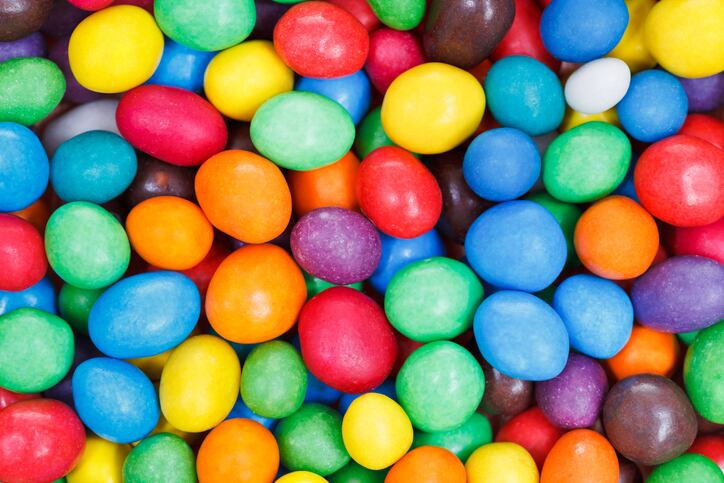Mintel data shows that 60% of all new food and beverage launches in APAC contain at least one form of clean label claim, and ingredient supplier Chr. Hansen told us that confectionery was no longer an exception.
The firm’s regional marketing manager for natural colours in Singapore, Carel Soo said rising health awareness among consumers had pushed companies to produce indulgence products “that are healthier through the use of better-for-you and natural ingredients, smaller in portions, lower sugar and calories.”
Potential market
Based on Euromonitor data, the size of the total confectionery market in APAC is US$37 billion.
Chr. Hansen’s Jude Wong, the regional application centre manager for natural colours in Singapore, said the potential for clean label confectionery was enormous, even if definitions of the concept differed.
“There is no clear definition of what it really is,” he added.
“Clean label to different consumers, manufacturers, countries, age group, and income may not be the same.
“Generally what clean label means is an ingredient added into foods or beverages that does not contain an E number, and is not considered an additive.
“For instance, when people look at the ingredient list and it says carrot concentrate instead of E numbers, consumers are more inclined to accept that.”
In the context of confectionery, he said black carrot concentrates for example could be used to replace artificial red colours like allura red and carmoisine while safflower can be used to replace artificial yellows like tartrazine.
Colours and applications
Away from purely the clean label trend, colours remain a hot topic, not least because of the popularity of posting about food and beverages on social media.
“Today, consumers are looking for experiences that are instagrammable, shareable, unusual, and unique,” Soo said.
Chr Hansen launched its Fruitmax Reds based on the Hansen Sweet Potato in February 2019, with colours ranging from red, orange, to yellow.
“These colours are often consumer favourites. We use it to replace artificial colourings like allura red,” Soo said.
According to Wong, the colours in the Fruitmax range are minimally processed, come from fruits and vegetables, and free from preservatives.
More recently in April 2019, the company released its titanium dioxide replacer for panned confectionery globally.
Titanium dioxide is an additive widely used in foods for its whitening effect, but contains nanoparticles.
However, studies on the negative health effects of nanoparticles in food products ultimately led to the ban of titanium dioxide in France starting from January 2020.
Wong said: “Titanium dioxide is becoming less popular in many countries, so there is a need for a whitening agent replacer.”

